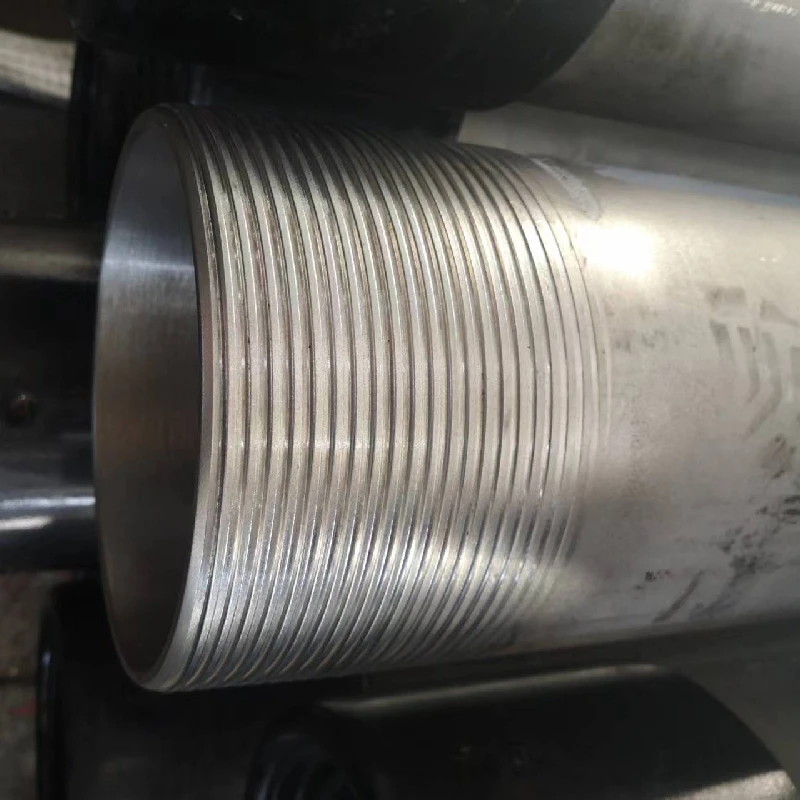- Afrikaans
- Albanian
- Amharic
- Arabic
- Armenian
- Azerbaijani
- Basque
- Belarusian
- Bengali
- Bosnian
- Bulgarian
- Catalan
- Cebuano
- Corsican
- Croatian
- Czech
- Danish
- Dutch
- English
- Esperanto
- Estonian
- Finnish
- French
- Frisian
- Galician
- Georgian
- German
- Greek
- Gujarati
- Haitian Creole
- hausa
- hawaiian
- Hebrew
- Hindi
- Miao
- Hungarian
- Icelandic
- igbo
- Indonesian
- irish
- Italian
- Japanese
- Javanese
- Kannada
- kazakh
- Khmer
- Rwandese
- Korean
- Kurdish
- Kyrgyz
- Lao
- Latin
- Latvian
- Lithuanian
- Luxembourgish
- Macedonian
- Malgashi
- Malay
- Malayalam
- Maltese
- Maori
- Marathi
- Mongolian
- Myanmar
- Nepali
- Norwegian
- Norwegian
- Occitan
- Pashto
- Persian
- Polish
- Portuguese
- Punjabi
- Romanian
- Russian
- Samoan
- Scottish Gaelic
- Serbian
- Sesotho
- Shona
- Sindhi
- Sinhala
- Slovak
- Slovenian
- Somali
- Spanish
- Sundanese
- Swahili
- Swedish
- Tagalog
- Tajik
- Tamil
- Tatar
- Telugu
- Thai
- Turkish
- Turkmen
- Ukrainian
- Urdu
- Uighur
- Uzbek
- Vietnamese
- Welsh
- Bantu
- Yiddish
- Yoruba
- Zulu
bull plug pressure rating
Understanding Bull Plug Pressure Rating A Comprehensive Guide
Bull plugs are essential components in various industrial applications, designed to seal off unused openings in piping systems. Their robust construction and reliability make them crucial for maintaining system integrity and safety. One of the most important specifications associated with bull plugs is the pressure rating, which determines their ability to withstand pressure without failing. This article explores the concept of bull plug pressure ratings, their significance, and the factors that influence them.
What Is a Bull Plug?
A bull plug is a type of fitting used primarily in the oil and gas, chemical, and water treatment industries. It is essentially a solid plug that can be inserted into a pipe or valve opening to prevent the flow of fluids. Bull plugs come in various materials, including steel, stainless steel, and plastic, and are available in different sizes and designs to fit specific applications.
Pressure Rating Explained
The pressure rating of a bull plug indicates the maximum pressure it can safely handle without risking failure. This rating is critical in ensuring that the plug remains effective under operational conditions. Components are typically rated based on their ability to withstand internal pressure, external pressure, or a combination of both.
Pressure ratings are usually denoted in pounds per square inch (PSI) or in bar, with the rating categorized into different classes or schedules depending on the material and design. For example, a bull plug made from high-quality stainless steel may have a pressure rating of 1500 PSI, making it suitable for high-pressure applications, while a plastic bull plug might have a much lower rating of 150 PSI.
Significance of Pressure Ratings
1. Safety The primary purpose of pressure ratings is to ensure safety. Using a bull plug that is rated for insufficient pressure can lead to catastrophic failures, resulting in leaks, explosions, or injuries.
2. Operational Efficiency Properly rated bull plugs help maintain the efficiency of systems. A failure due to inadequate pressure resistance can lead to costly downtime and repairs.
3. Compliance and Standards Many industries operate under strict regulations that mandate using components with specific pressure ratings. Compliance with these standards not only ensures safety but also aligns with best practices in engineering and manufacturing.
bull plug pressure rating

Factors Affecting Pressure Ratings
Several factors can influence the pressure rating of a bull plug
1. Material The type of material used affects its strength and pressure capacity. Metals like stainless steel generally offer higher pressure ratings compared to plastics.
2. Temperature High temperatures can reduce the strength of materials, affecting their pressure ratings. It’s crucial to consider both pressure and temperature when selecting a bull plug.
3. Design The design of the bull plug, including its dimensions and shape, impacts its overall pressure rating. For instance, flanged bull plugs may have different ratings compared to standard threaded plugs due to differences in stress distribution.
4. Manufacturing Standards Adherence to established manufacturing standards (such as ASTM or ANSI) can assure users of the reliability and safety of the bull plug. Components certified under these standards often come with reliable pressure ratings.
Choosing the Right Bull Plug
When selecting a bull plug, it is essential to consider its application environment and the specific requirements for pressure rating. Users should
- Understand the maximum pressure and temperature conditions the component will face. - Consult manufacturer specifications and ensure compliance with industry standards. - Opt for plugs that offer a safety margin above the expected operational pressures to enhance reliability.
Conclusion
Bull plugs play a vital role in various industrial applications, serving as crucial safety components in piping systems. Understanding pressure ratings is essential for selecting the appropriate plug for a specific application. By considering material, temperature, design, and manufacturing standards, engineers and technicians can ensure that they choose bull plugs that will maintain system integrity and safety, ultimately contributing to efficient and reliable operations in their respective industries.
-
Tubing Pup Joints: Essential Components for Oil and Gas OperationsNewsJul.10,2025
-
Pup Joints: Essential Components for Reliable Drilling OperationsNewsJul.10,2025
-
Pipe Couplings: Connecting Your World EfficientlyNewsJul.10,2025
-
Mastering Oilfield Operations with Quality Tubing and CasingNewsJul.10,2025
-
High-Quality Casing Couplings for Every NeedNewsJul.10,2025
-
Boost Your Drilling Efficiency with Premium Crossover Tools & Seating NipplesNewsJul.10,2025







